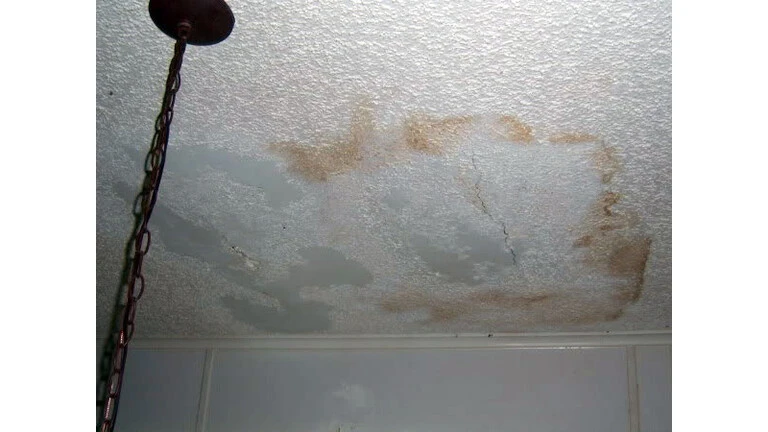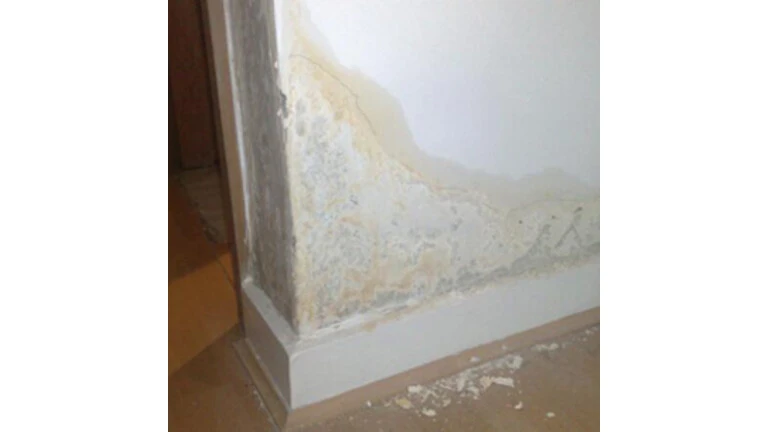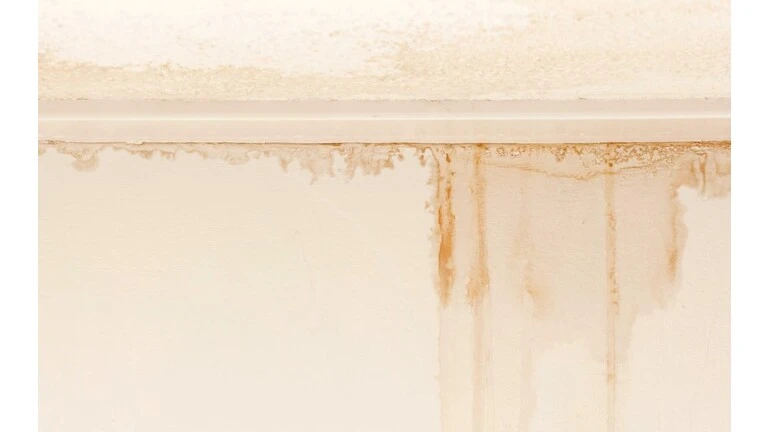The problem of waterproofing in house's areas
Main Causes of Leakage:
- Natural porous concrete, although mixed with an additive, is known as a waterproofing additive to reduce porosity, however, water can still penetrate the small holes inside the concrete and leak into the surface. .
Water leaking through cracks inside the surface is caused by vibration or other causes.So how do you deal with leaking problems?
Common issues and queries you can face

Leaking from the roof
This incident will occur if the roof is not equipped with appropriate waterproofing.

Leakage from outside wall surface
This incident will occur if the wall surface is not applied with appropriate waterproofing. The rain and water from the roof through the hollows within the wall will drench the inner wall. In addition, leakage also leads to the accumulation of water on the floor which can cause problems with flooring materials.

Leaks from cracks between the wall surface and the
This incident occurs when the surface between the wall and the roof is not equipped with appropriate waterproofing. Water spills over the cracks between the outer wall and the roof, which is wetting the interior wall. This causes the wall surface to become wet and peel off the paint. Leaking water and condensation on the floor also cause problems on the floor surface.
Solution
- Set up the waterproofing system for all internal and external structures, not just surface, roof, roof tile, drain, gutters but also waterproofing before bonding and on the surface. Old brick.
- Weber.dry seal is a waterproof with acrylic basement, ready to use, super flexible used for roof, outdoor wall and leaking waterproofing.
Waterproofing reinforcement guide
weber.dry seal is a waterproofing product that can be applied on many surfaces. Refer to the following waterproofing reinforcement methods for surfaces:
-
For flat roofs, tiled roofs, roof floors, and indoor walls
- Use a brush or roller to sweep the first layer of waterproofing weber.dry seal on the surface to strengthen the waterproof
- Cracks, joints, joints, etc. should be used to reinforce the mesh by one additional layer (using Weber.tape BE 14 for wide cracks and elastic joints).
- The waterproofing surface must be completely covered before allowing exposure and circulation of water
- Wait 4-6 hours for the waterproofing layer to dry completely
- Strengthen a second layer of waterproofing until the waterproof layer on the surface is 1-1.5 mm thick.
-
For the area between the wall and the floor
- First apply a layer of waterproofing to the surface so that the wall and floor surfaces have a minimum of 10 cm coverage.
- Strengthen the joints between the two surfaces with reinforced tape WEBER.tape BE 14 and ensure that the reinforcement tape is attached to the waterproofing layer.
- Wait 4-6 hours for the first layer to dry, then cover the second layer on reinforced tape. -
Apply to the area before the tile
- Covering a coat of weber.dry seal on cracks and joints, mesh / tape reinforcement (Use Weber.tape BE 14 for wide cracks and elastic joints)
- Wait until the first coat is dry and cover the second layer vertically until the waterproof surface is 1mm thick.
- Keep the surface dry and waterproof for 48 hours before paving.
Necessary products for this solution
Find all our products near you in more than 2000 outlets
